India is both energy poor and energy rich today; while the country’s rate of economic development and industrialization determines an amplified demand for energy. The heart of this energy system is the country’s thermal power plants, which currently contribute more than 65% to the nation’s total power generation capacity.
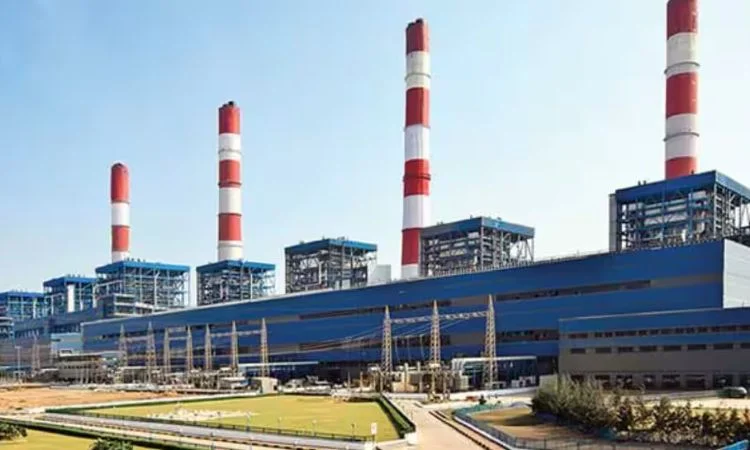
Here Below The List Of The Top 10 Biggest Thermal Power Plants in India
| Thermal Power Plant | Location | Capacity | Owner/Operator |
| Vindhyachal Thermal Power Station | Singrauli, Madhya Pradesh | 4,760 MW | NTPC |
| Mundra Thermal Power Station | Kutch, Gujarat | 4,620 MW | Adani Power Company |
| Mundra Ultra Mega Power Plant (UMPP) | Mundra, Gujarat | 4,000 MW | Tata Power (CGPL) |
| Sasan Ultra Mega Power Plant (UMPP) | Singrauli, Madhya Pradesh | 3,960 MW | Reliance Power |
| Tiroda Thermal Power Plant | Gondia, Maharashtra | 3,300 MW | Adani Power Limited |
| Talcher Super Thermal Power Station | Angul, Odisha | 3,000 MW | NTPC |
| Rihand Thermal Power Station | Sonebhadra, Uttar Pradesh | 3,000 MW | NTPC |
| Sipat Thermal Power Plant | Bilaspur, Chhattisgarh | 2,980 MW | NTPC |
| Chandrapur Super Thermal Power Station | Chandrapur, Maharashtra | 2,920 MW | Maharashtra State Power Generation Company |
| NTPC Dadri | Gautam Budh Nagar, Uttar Pradesh | 2,637 MW | NTPC |
Top 10 Biggest Thermal Power Plants in India
Vindhyachal Thermal Power Station
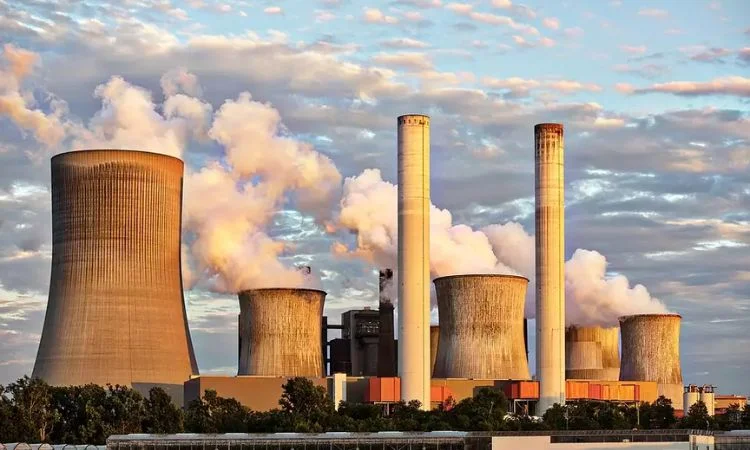
Source: Google Images
Vindhyachal Thermal Power Station is situated in Singrauli district of Madhya Pradesh stands. It is India’s biggest thermal power plant. One of the biggest thermal power stations in the world and entirely owned and operated by the state owned NTPC company, the capacity of this monstrous plant is 4,760MW.
That tale begins in 1982 when the foundation of the Vindhyachal Thermal Power Station was laid with its first phase of construction. It would take a number of years, rather, the plant will comprise 12 units where each unit is expected to produce 500 MW of electricity. The station and based on its proximity to the Nigahi mine which holds plenty of coal is the surest source of the fuel to be used for operations.
From the resource endowment perspective, the plant uses water from the Ranchi and water supply from Singrauli Super Thermal Power Station’s reservoir apart from the coal from Nigahi, which also underlines efficient use of natural resources. Turbine generators of the plant with LMZ Russian and Electrosila Russia and BHEL Indian companies are indicative towards the achievement of global technology and indigenous talent.
The size of the Vindhyachal Thermal Power Station socializes India’s dream in the energy industry. Despite the ever increasing energy requirements of the country this giant plant is one of the wheels of the nation’s electrical utility that churns out affordable and reliable power to millions of households and industries in the vicinity.
Mundra Thermal Power Station
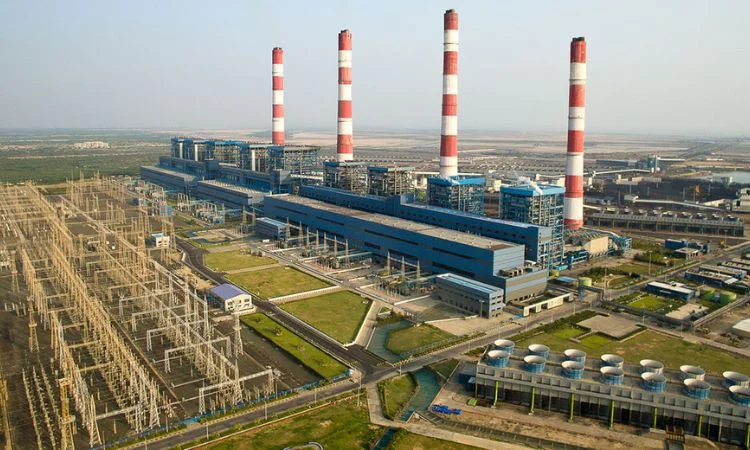
Source: Google Images
Mundra Thermal power station is located in the Kutch district of Gujarat and it is India ‘s second largest thermal power plant with power generation capacity of 4620 MW. This power plant owned and managed by Adani Power Company has nine commissioned units and was operational from 2009 to 2012.
This high capacity of the Mundra Thermal Power Station is an amalgamation of a perfect world strategic management. While the project was supported by an international network of suppliers and contractors, the advancement highlighted India’s capacity to mobilize global talent to construct state-of-the-art energy systems.
This is evident in the fact that the plant draws its cooling water from the Gulf of Kutch, demonstrating the plant’s awareness and correct management of resources. The plant has also adopted such technologies as supercritical boilers and turbines to increase the efficiency and impact the environment in the shortest time.
Being the second largest thermal power plant in India, the Mundra facility holds substantial responsibility of generating power to supply the large energy needs of the western part of the country especially Gujarat. Its excellent location, modern technology, and sound supply chain have carved a niche for it in the rapidly growing energy security of India.
Mundra Ultra Mega Power Plant

Mundra Ultra Mega Power Plant (UMPP) is another giant neighbouring the Mundra Thermal Power Station –located only a stone’s throw away from it. This plant has a generation capacity of 4,000 MW and is developed by the Coastal Gujarat Power Limited (CGPL) that is a subsidiary of the Tata Power.
Mundra UMPP project was one of the initiatives of the Indian government’s Ultra Mega Power Project Programme, the concept of which was to develop massive super-critical power plants to provide adequate electricity throughout the country. Mundra UMPP project construction started in the year 2009 and the first unit was commissioned in 2012.
Five 800 MW units of the plant gets its coal from Indonesia by importing around 12 billion tons annually. For optimising the operations, Mundra UMPP incorporates expanded synthesis supercritical boiler technology which offers increased thermal efficiency as well as reduced emission level in comparison to supercritical boilers.
Similar to its award-winning design, the engineering done for the Mundra UMPP is equally brilliant; the engineering, procurement, construction (EPC) contractor responsible for the project is the South Korean giant Doosan Heavy Industries & Construction. The SSGs of the plant were provided by Japan’s Toshiba Company, which further emphasizes the international cooperation that defines this mega project.
Sasan Ultra Mega Power Plant
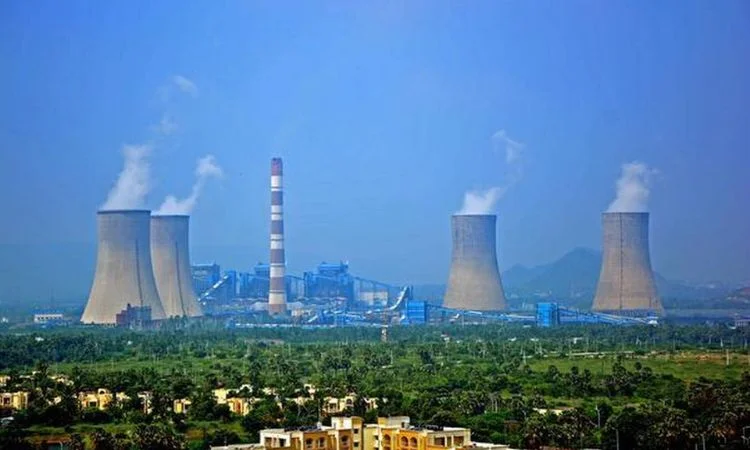
Sasan Ultra Mega Power Plant (UMPP) lies in singrauli district of Madhya Pradesh and is a perfect integrated infrastructure facility. It has a power generation capacity of 3960 MW and owns the distinction of being linked with its source of coal supply as well as all its supercritical components.
The Sasan UMPP, which is Reliance Power’s independent power project, began its operation in the financial year 2015 having started with construction in the year 2008. Based on the installed capacity of the plant, the six units having a generation capacity of 660 MW each are coal fired and the Moher and Moher-Amlohri mines are an integrated part of the project.
This integration makes a lot of sense because it is done to ensure a steady, reliable and most of all cheap source of fuel for the power plant in form of the coal mined from the mine. The setting up of the Sasan UMPP made it possible to obtain full control of the supply chain, from the extraction of coal and power generation, and as such, it has been able to incorporate optimal operational efficiency as well as offer cheap power to the surrounding regions.
On this aspect the plant is also technologically developed with the supercritical boiler technology and the pollution control mechanisms. Thus, the Sasan UMPP received its boilers, turbines, and generators from the Shanghai Electric Corporation, illustrating the worldwide efforts that have gone into the operation.
The Sasan UMPP is the fourth largest thermal power plant in India that fulfils the electrical requirement of seven states of the country and strives to provide electricity to as many as 420 million people at subsidised rates. Thus, one can claim that it is one of the best examples of India’s commitment to the creation of efficient and sustainable power despite its integrated design and location in the regions with coal reserves.
Tiroda Thermal Power Plant
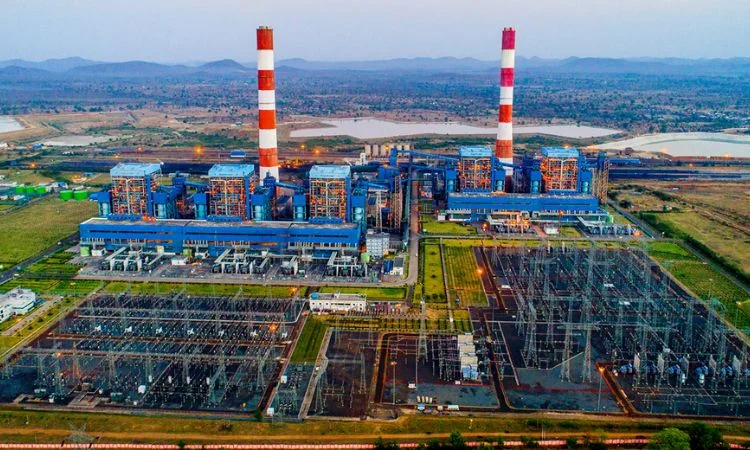
Located in Gondia district of Maharashtra, Adani Power Limited has established Tiroda Thermal Power Plant which speaks volumes about its efficiency in the power sector. Utorating to its installed tariff of 3,300 MW, this coal based plant is the fifth largest thermal power plant in the country & this way, Adani Power has established its strong foothold in the Indian Power sector.
Tiroda Thermal Power Plant consisting of five 660 MW was started between August 2012 and October 2014, which reflects the company’s capability to carry for such large projects with the efficient timely marketing. The plant is located near the Wainganga River through which water is easy to access hence fulfilling the company’s water demands and the supercritical technology adopted in the plant’s operation means that the plant operates at a higher efficiency and pollutes the environment less as compared to other plants.
The Tiroda Thermal Power Plant can be considered one of the most prominent examples of the scale of work while being an example of the proper handling of the project as for the environmental aspect. Emissions are effectively controlled through such equipment as a tall chimney, dust collecting equipment, and low NOx burners that make the facility’s effects on the environment negligible.
Faced with increasing demand for power in Maharashtra, Tiroda power plant being the flagship thermal plant of Adani Power runs to cater the needs of the state and its industrialization process.
Talcher Super Thermal Power Station
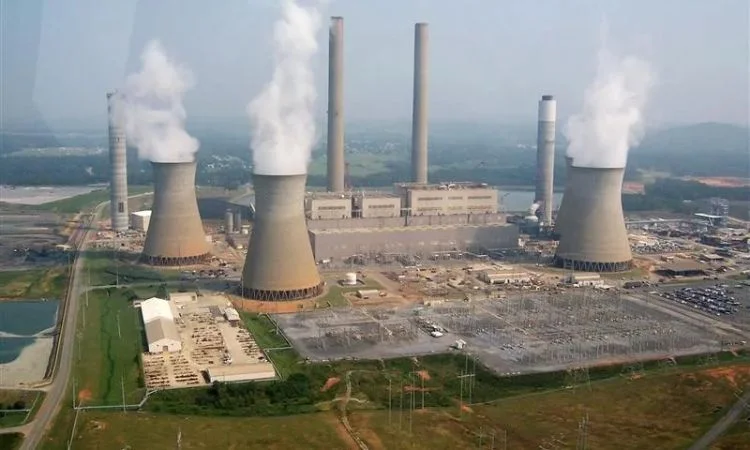
Located at Angul district of Odisha, the Talcher Super Thermal Power Station is also called the NTPC Talcher Kaniha; this icon of electricity legacy and sphere of NTPC is awe-inspiring. This power plant has a capacity of 3000 MW and is ranked as one of the biggest thermal power stations of the country; thus establishing NTPC as the major player in the power industry of India.
The history of the Talcher Super Thermal Power Station has originated right from the mid 1990s and currently it is in operation with the start of its first unit in February 1995 and is currently computing six units of 500 MW each. In the following ten years the next five units were gradually commissioned and the plant reached the designed capacity.
The plant’s plant location is adjacent to the Talcher Coal Field, particularly Lingaraj Block which will provide for constant supply of fuel. Also, it extracts water from Samal Barrage Reservoir on the Brahmani River to enumerate the harmonious use of natural resources for the functional requirements of the plant.
ABB and BHEL are the two prominent firms that have furnished the turbines of Talcher Super Thermal Power Station. With these state-of-art components, integrated with the plant sophisticated control systems and safety measures, it has been possible to denote fairly high levels of efficiency and reliability.
Rihand Thermal Power Station
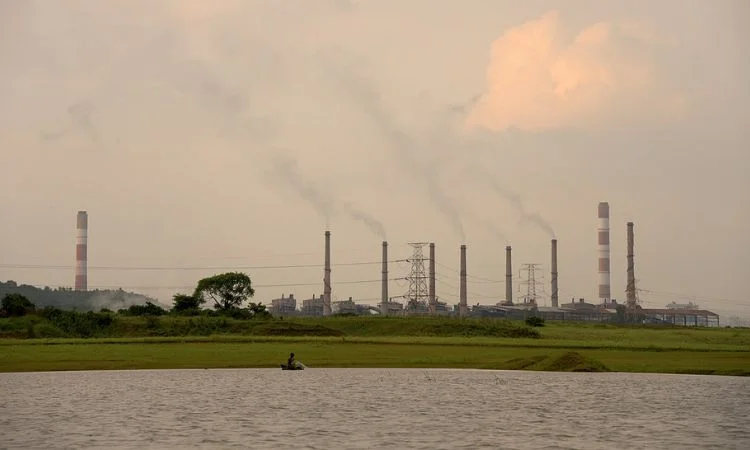
Located in Sonebhadra district of Uttar Pradesh, India. Rihand Thermal Power Station is yet another NTPC power plant that can be classified as one of the largest thermal power stations in India. The present capacity of this plant stands at 3000 MW and this makes it the seventh largest gas based power plant in India owing to the fact that NTPC dominates the generation of electricity in the country.
The history of Rihand Thermal Power Station started in late 1980s as the first unit went into commercial operation in March, 1988. Subsequently, the plant grew with five more 500 MW units added to it and the latest being commissioned in October 2013.
Situated close to the mines of Madhya Pradesh that have abundant supply of coal, it strengthens the plant’s fuel supply potential. Also, the Son River through its Ram Dam as well as the Rihand Reservoir supports the plant’s water requirements for its cooling and other uses.
Being one of the many thermal ventures by NTPC, Rihand Thermal Power Station remains as one of the critical contributors to the energy requirements of Uttar Pradesh and nearby areas.
Sipat Thermal Power Plant
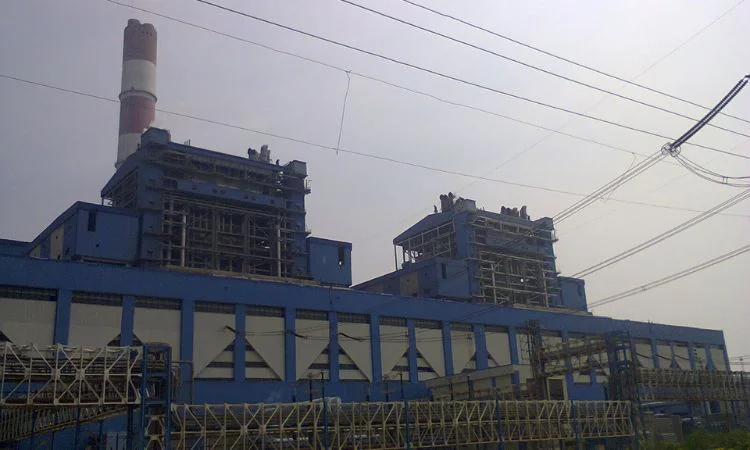
Sipat Thermal Power Plant or Sipat Super Thermal Power Plant is one of the largest thermal power plants in India located in the Bilaspur district of Chhattisgarh and with an installed capacity of 2,980MW it is ranked eighth in the list of largest thermal power plants in the country. This is one of the facilities that belongs to NTPC and it can be said that it reflects the best engineering performance and intentions to provide the country with the required amount of energy.
Sipat Thermal Power Plant is a relatively young plant that started its operation in the year of 2008 with the formation of the first unit. Over the four year period, the plant grew to its full capacity and still comprises five additional units, out of which three are 660 MW supercritical and the remaining three are of 500MW.
Chandrapur Super Thermal Power Station
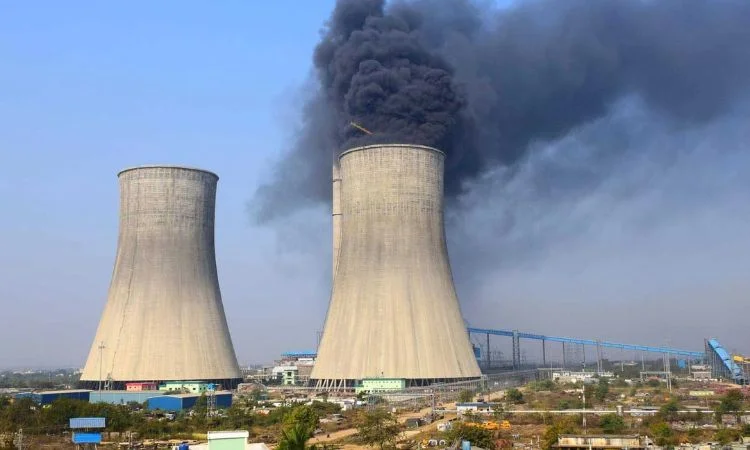
Located in the Chandrapur District of Maharashtra the Chandrapur Super Thermal Power Station is one of the biggest thermal power stations in Maharashtra State possessing 2,920 MW of power generation capacity. This utility power plant is managed by the Maharashtra State Power Generation Company and is the tenth largest thermal power plant in India which explains its importance in the country.
Actually, the CSP was established during the mid 1980s, with its first 500 MW unit online. In the subsequent years, the plant developed and it increased generation capacity by adding four units of 500MW and two units of 210 MW each to achieve the sum of the existing total.
Considering the plant’s location, it was constructed near the Erai and Chargaon dam, which means an adequate supply of water is available. Making optimal use of local water resources it has blessed the Chandrapur Super Thermal Power Station to fulfil a large part of the electricity requirements of Maharashtra carrying forward the industrial and economic growth of the state.
Being one of the important facilities of Maharashtra electric power industry, Chandrapur Super Thermal Power Station is an important factor for energy security in the state. Technological development, protection of environment, and stable production make it a useful and important factor in prompt and steady provision of electricity for Indian society.
NTPC Dadri
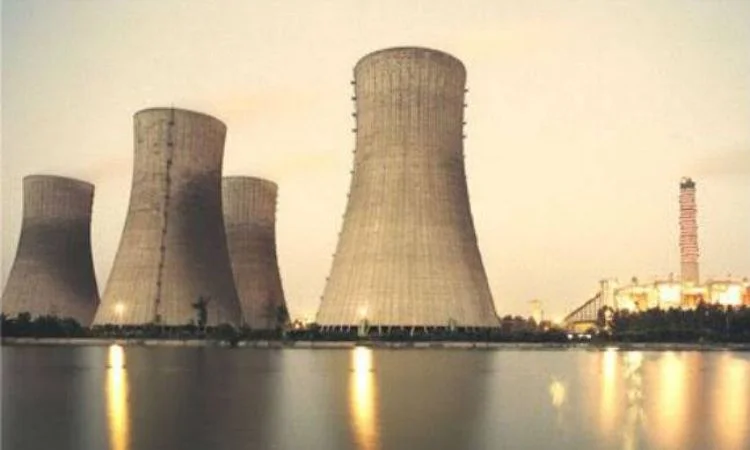
NTPC Dadri, specializing in thermal power generation is situated in the district of Gautam Budh Nagar in the state of Uttar Pradesh. Which is approximately 48 Kilometres away from New Delhi. It is the thermal power plant developed and owned by NTPC having a total generation capacity of 2637 MW which ranks it sixth largest thermal power plant in India.
The plant has six coal based units and six gas based units of which all of them were commissioned between the period of 1991 to 2010.It gets its coal from Piparwar Mines, gas from GAIL’s Hazira-Bijapur-Jagdishpur Pipeline, and water from the Upper Ganga Canal.
Conclusion
These top 10 big thermal power plants of India are described here which play a very important role for the energy requirements of the country. Altogether they produce more than 40,000 MW electricity by which they supply electricity to households, industries, and other important sectors.
In the same manner, Vindhyachal Thermal Power Station or the historic Sasan Ultra Mega Power Plant are some of the PM’s brand icons that highlight the engineering prowess of India and international partnerships in the exploration of natural resources. These power plants remain very important as the nation grows, for the development of the economy and availability of energy for the increasing population.















